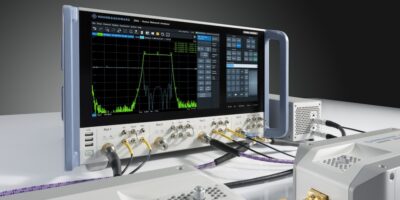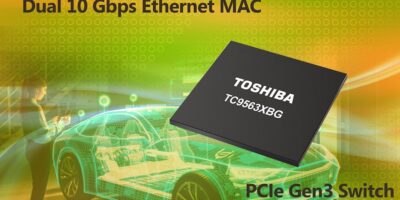Computer vision based spatial AI provided by Phiar Technologies will be brought to Qualcomm Technologies’ Snapdragon automotive cockpit platforms for AI-powered augmented reality (AR) navigation systems in vehicles.
Today, drivers are facing cognitive overload from having to interpret a multitude of information and notifications from the cockpit, while still trying to interpret directions on a 2D map, said Phiar, which is working with Qualcomm Technologies to bring seamless AI-powered road perception and AR navigation to video and HUD-based automotive IVI environments.
Gene Karshenboym, CEO of Phiar Technologies, explained that delivering AR navigation to drivers will bring them intelligent navigation guidance in real-time for more intuitive driving, without the need to look at a map. “Working with Qualcomm Technologies and the Snapdragon automotive cockpit platforms has empowered us to continually innovate on our existing high standards in AR navigation design, and to deliver the first-rate infotainment services and digital cockpit solutions demanded by modern consumers,” he said.
Bill Pinnell, vice president, product management, automotive at Qualcomm Technologies, added: “There is a growing expectation among consumers and automakers for sophisticated and truly connected digital cockpit solutions. Qualcomm Technologies is delighted that our next generation Snapdragon automotive cockpit platform is helping bring the future of driving navigation to consumers through Phiar’s innovative platform.”
Founded in 2017, Phiar Technologies is a computer vision AI company, specialising in augmented reality driving navigation technology for the automotive industry. Phiar combines its patented innovations in deep learning AI and AR into a new form of driving navigation platform to enhance safety, facilitate more intuitive wayfinding and connect drivers with their surrounding environments.







